On the early morning of November 4, 2024, the experimental samples of the Department of Earth System Science (DESS), Tsinghua University returned to the Dongfeng landing site with the Shenzhou-18 manned spacecraft. The experiment is conducted by Professor Liu Zhu’s team in collaboration with Researcher Dong Xiuzhu’s team from the Institute of Microbiology, Chinese Academy of Sciences (CAS), Researcher Zhang Tao’s team from the Shanghai Institute of Technical Physics, CAS, and Professor Sun Yeqing’s team from Dalian Maritime University. This experiment is an extraterrestrial ecosystem simulation experiment based on the China Space Station (CSS). Based on the experimental platform inside and outside the CSS, the adaptability of extreme microorganisms from the Earth to the extraterrestrial environment, especially the simulated Martian environment, is tested by exposing such microorganisms to different levels of cosmic radiation and the environment with or without microgravity. Meanwhile, the mechanism of methane production on Mars and the possibility of life in the extraterrestrial extreme environment are explored. The methanogenic bacterium is one of the oldest living organisms on the Earth. As a main source of methane in the Earth's atmosphere, methanogenic bacteria are extensively found in deep sea, rice fields, ruminant stomachs and other anaerobic environments. The discovery of methane and other greenhouse gases on the surface of Mars by American Curiosity Rover indicates the possibility of potential methanogenic bacteria activities. The project "Research on Radiation Damage and Adaptability of Anaerobic Archaea" carried out by the research team uses the experimental platform of the CSS to simulate Mars gravity (space microgravity) and cosmic radiation environment to carry out experiments to test the survival and proliferation of methanogenic bacteria in different environments.
The research team has designed and developed an experimental unit for anaerobic archaea to conduct space experiments in the Mengtian module and Wentian modules of the CSS. According to the environmental temperature inside and outside the space station and the temperature during transportation, combined with the genetic characteristics and gas-producing ability of methanogens, three strains of anaerobic methanogens suitable for space experiments have been screened out, namely Methanococcus maripaludis S0001 with a genetic operating system, Methanolobus psychrophilus R15 isolated from the extremely cold Ruo’ergai wetland on the Tibetan Plateau and Methanosarcina maize CZ1 isolated from the anaerobic organic waste treatment system. The experiments have been carried out in the ground laboratory and inside and outside the China Space Station simultaneously, forming mutual control experiments among the Earth, simulated Mars gravity (space microgravity) and cosmic radiation. After the return of experimental samples to the ground laboratory, experimental analysis will be carried out, including strain activation, gene sequencing, methane production determination and OD value determination.
On January 17, 2024, the experimental microbial strains were carried aboard the Tianzhou-7 cargo ship and entered the CSS. After 291 days of on-orbit experiments, they were carried aboard the return capsule of the Shenzhou-18 manned spacecraft with three astronauts, Ye Guangfu, Li Cong and Li Guangsu, and landed safely at the Dongfeng landing site. Project team member Deng Zhu, a Ph.D graduate of Tsinghua DESS, participated in the retrieval and transshipment of experimental samples at the Dongfeng landing site. By this time, the samples have been returned to the research team's laboratory in Beijing, where follow-up experiments were promptly initiated.
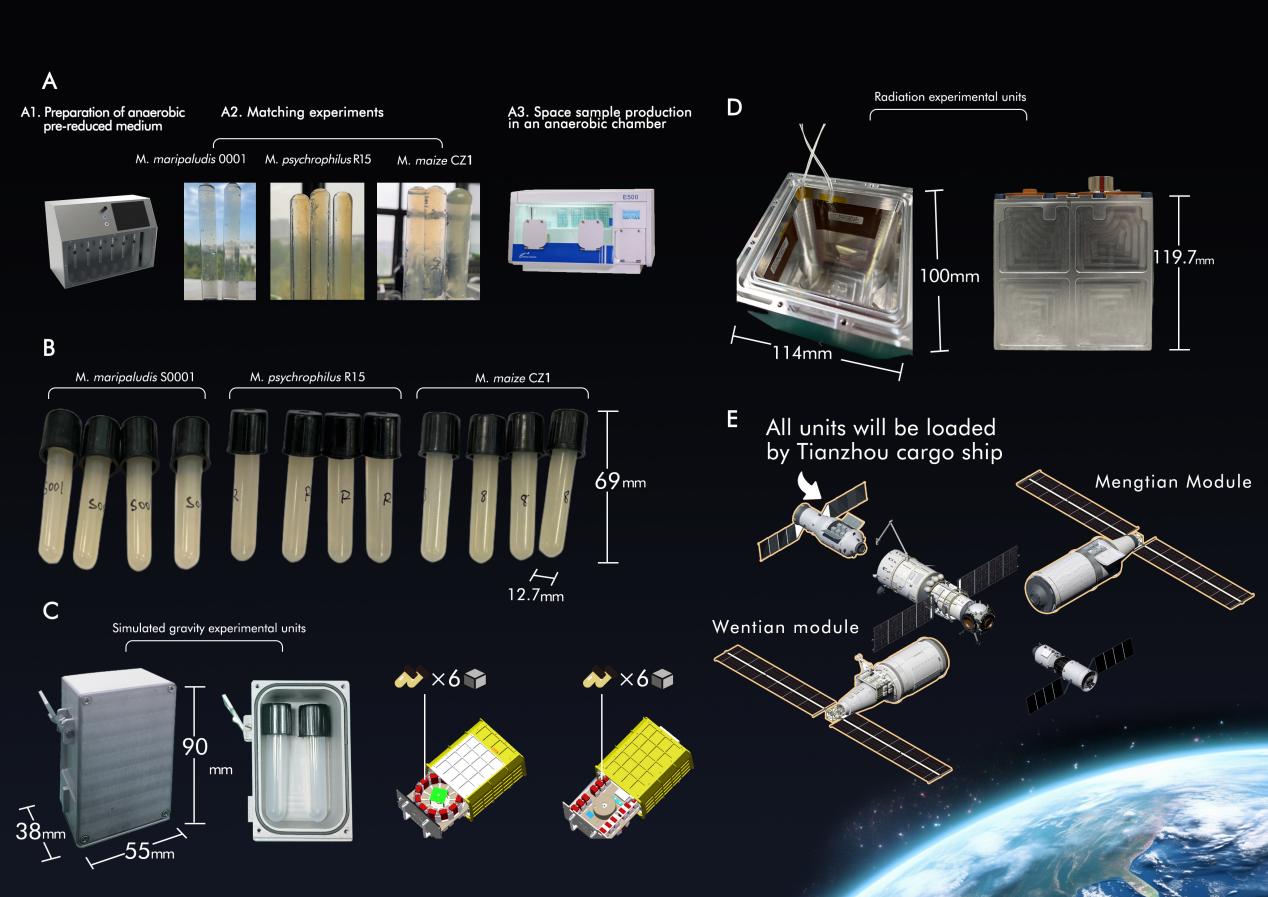
Design drawing of extraterrestrial ecosystem simulation experiment in CSS
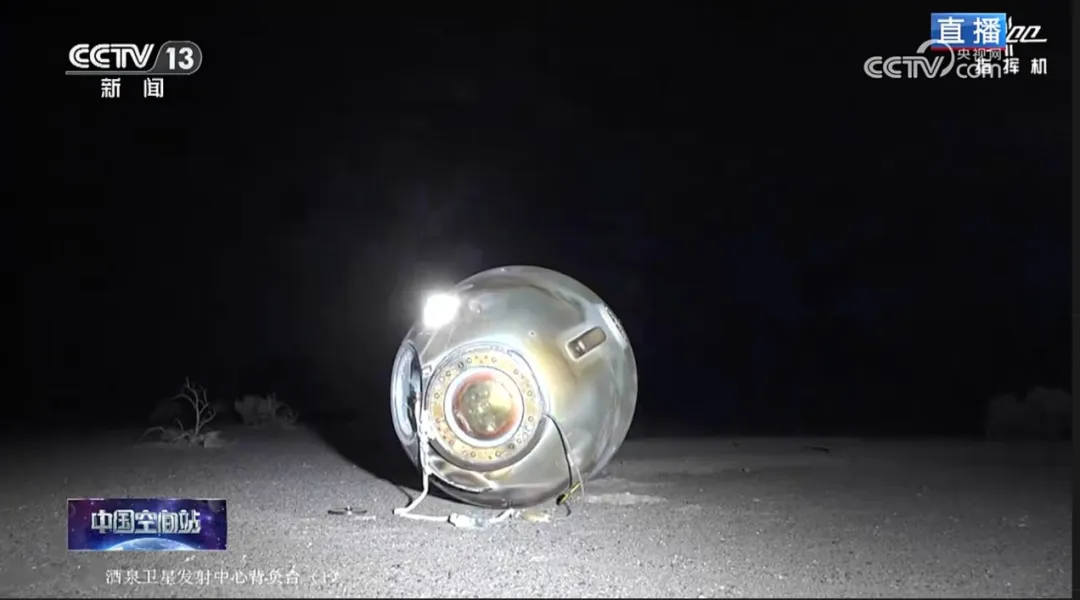
The Return Capsule of the Shenzhou-18 manned spacecraft lands (Source: CCTV Video Screenshot)
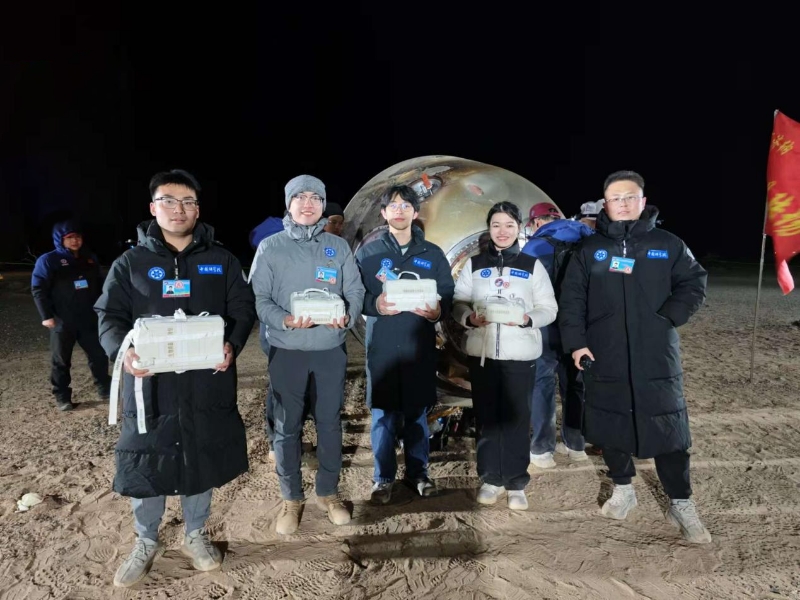
Deng Zhu (second from left), a member of the project team, receives the samples at the Dongfeng Landing Site.
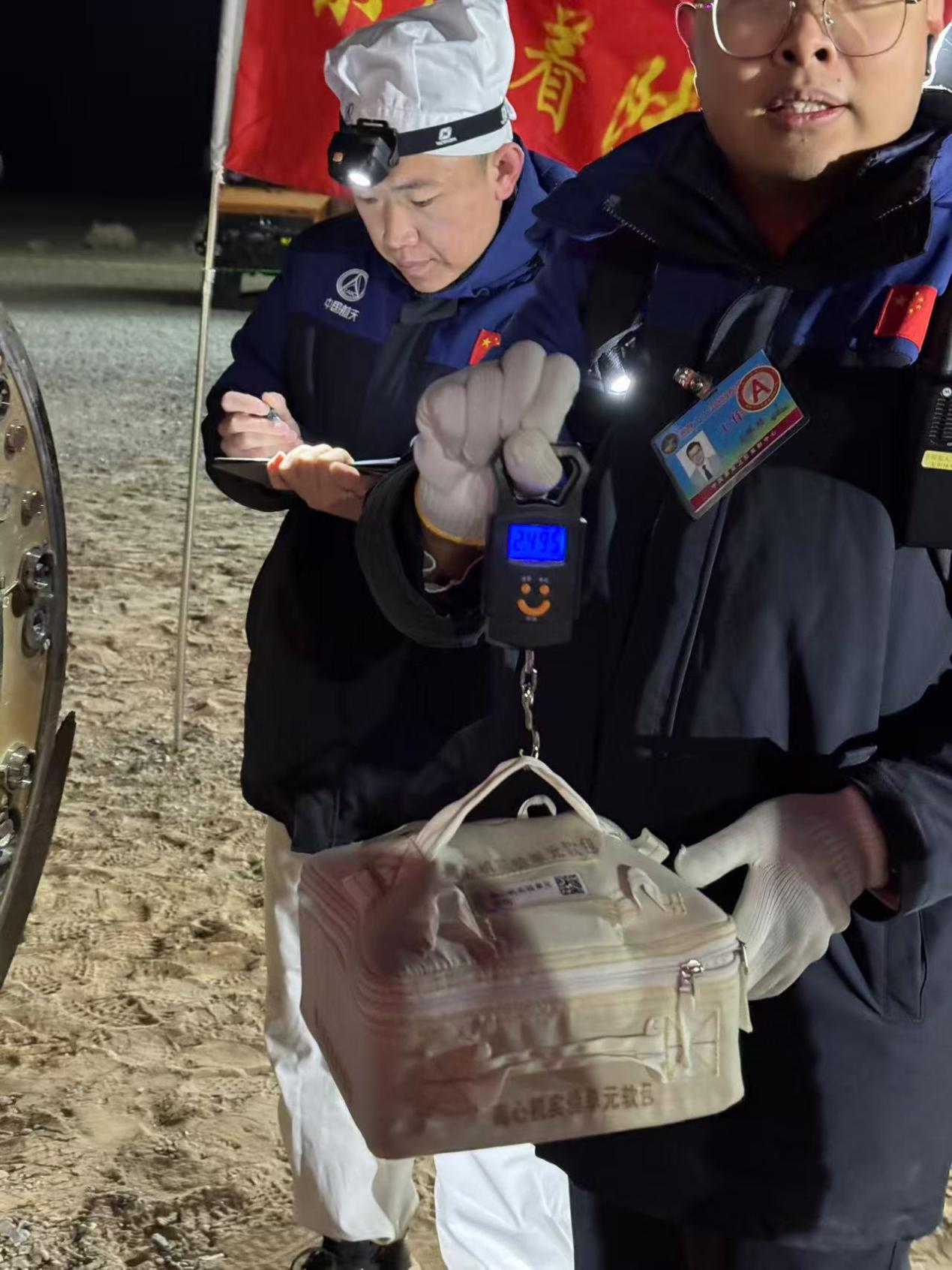
Experimental samples retrieved
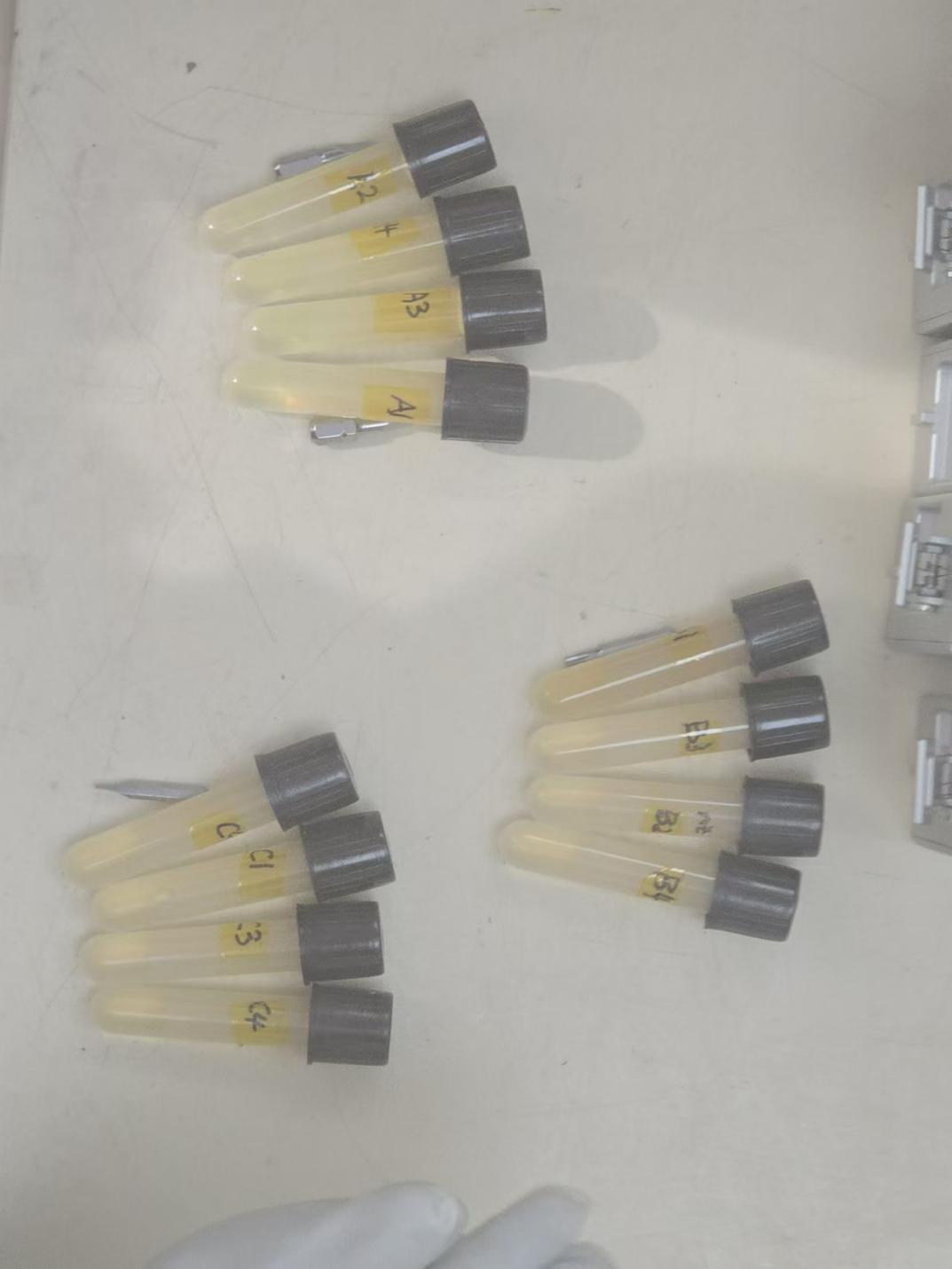
Relevant samples returned to the laboratory
Written by Cui Duo and Liu Zhu
Edited by Wang Jiayin
Reviewed by Zhang Qiang